Which of the following plots does not represent Boyle's law?

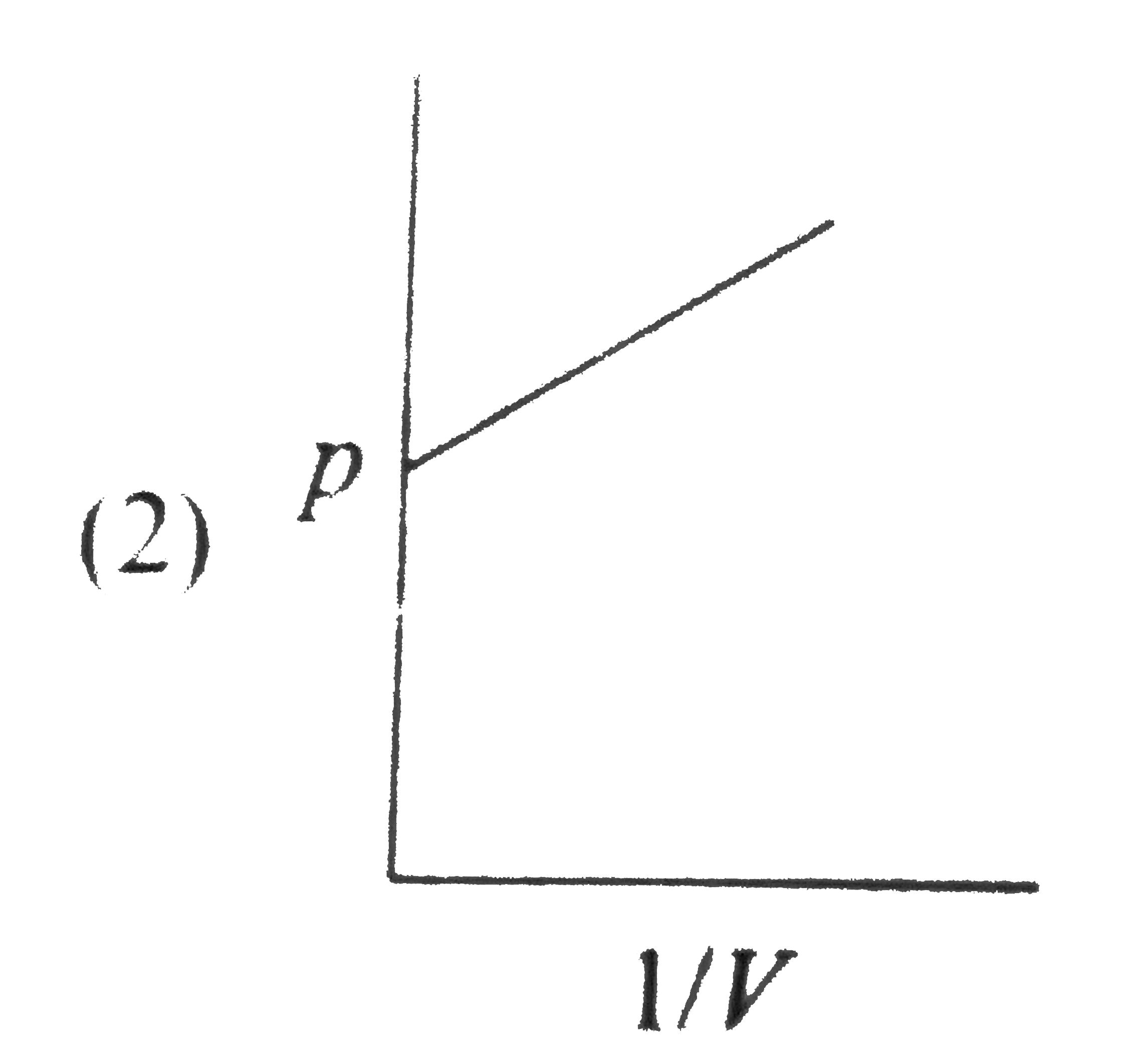
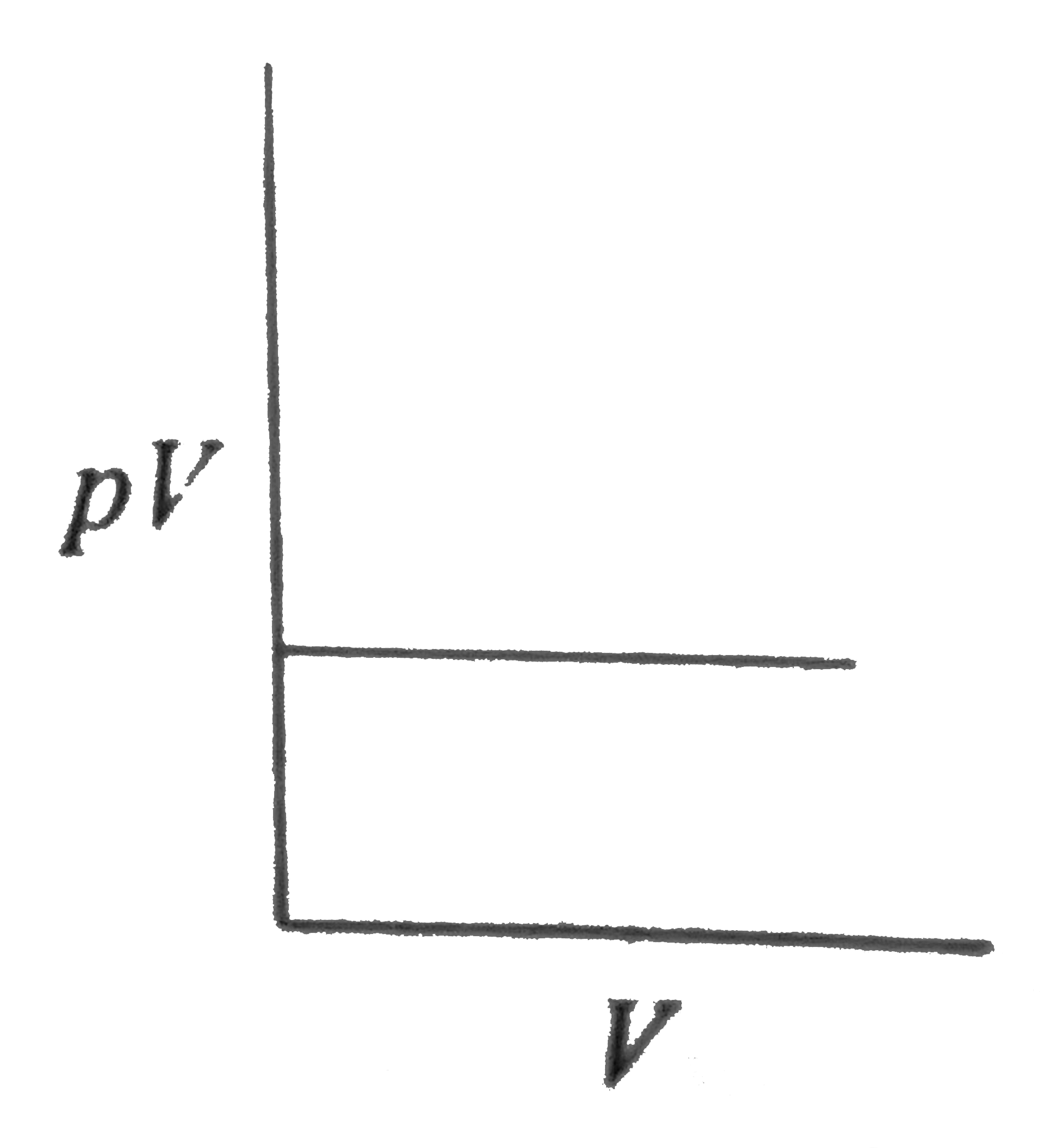
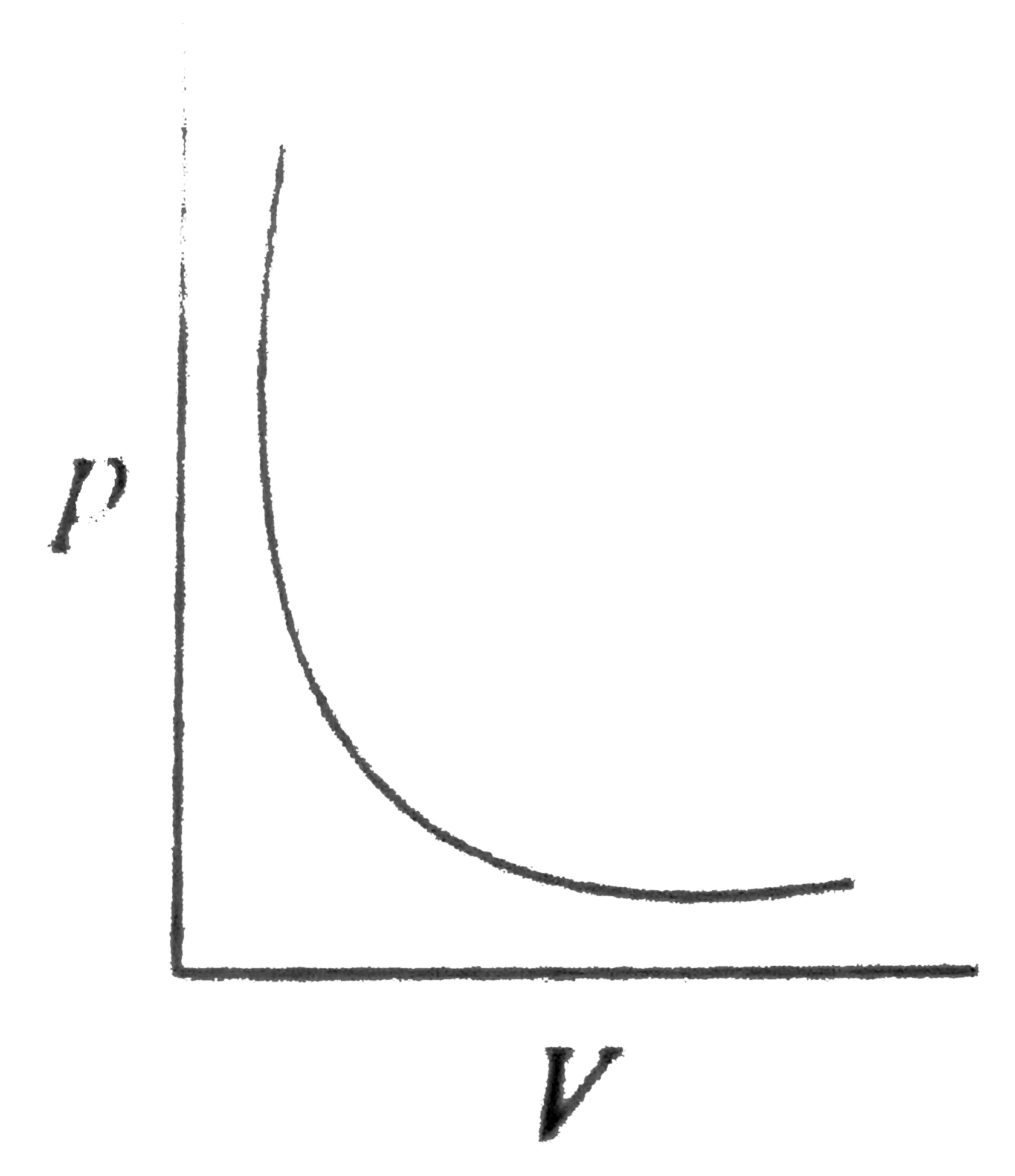
The correct Answer is:B
A plot of pvs.1/V is a straight line passing through the origin. Such graphical behaviour is a characteristic of mathematical equationss of the form y=mc+C. In this case, y=p,m= the slope of the line (the constant k1 in Boyle's law), x=1/V , and C= the y intercept (a constant which is zero in the present instance):
p=k(1v)+0(orpV=k)↑y=↑m↑x+↑C
Topper's Solved these Questions
- STATES OF MATTERBook:R SHARMAChapter:STATES OF MATTERExercise:Follow -up Test 4
Explore 6 Videos
- STATES OF MATTERBook:R SHARMAChapter:STATES OF MATTERExercise:Follow -up Test 5
Explore 8 Videos
- STATES OF MATTERBook:R SHARMAChapter:STATES OF MATTERExercise:Follow -up Test 2
Explore 14 Videos
- SOME BASIC CONCEPTS OF CHEMISTRYBook:R SHARMAChapter:SOME BASIC CONCEPTS OF CHEMISTRYExercise:Archives
Explore 26 Videos
- STRUCTURE OF ATOMBook:R SHARMAChapter:STRUCTURE OF ATOMExercise:ARCHIVES
Explore 55 Videos
Similar Questions
Graph between pressure and volume are plotted at different temperature. Which of the following isotherms represent Boyle's law as PV = constant?
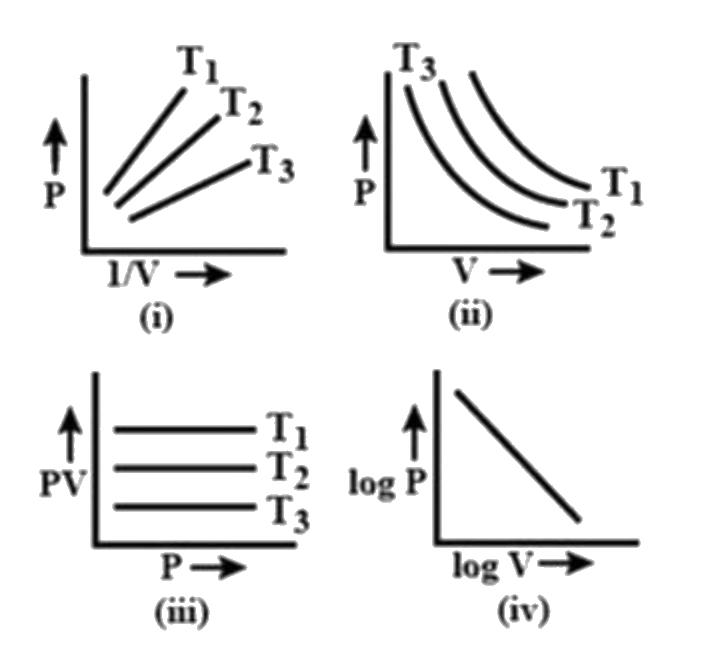
View SolutionGraphs between pressure and volume are plotted at different temperatures . Which of the following isotherms represent Boyle's law as PV = constant ? (T1>T2>T3)
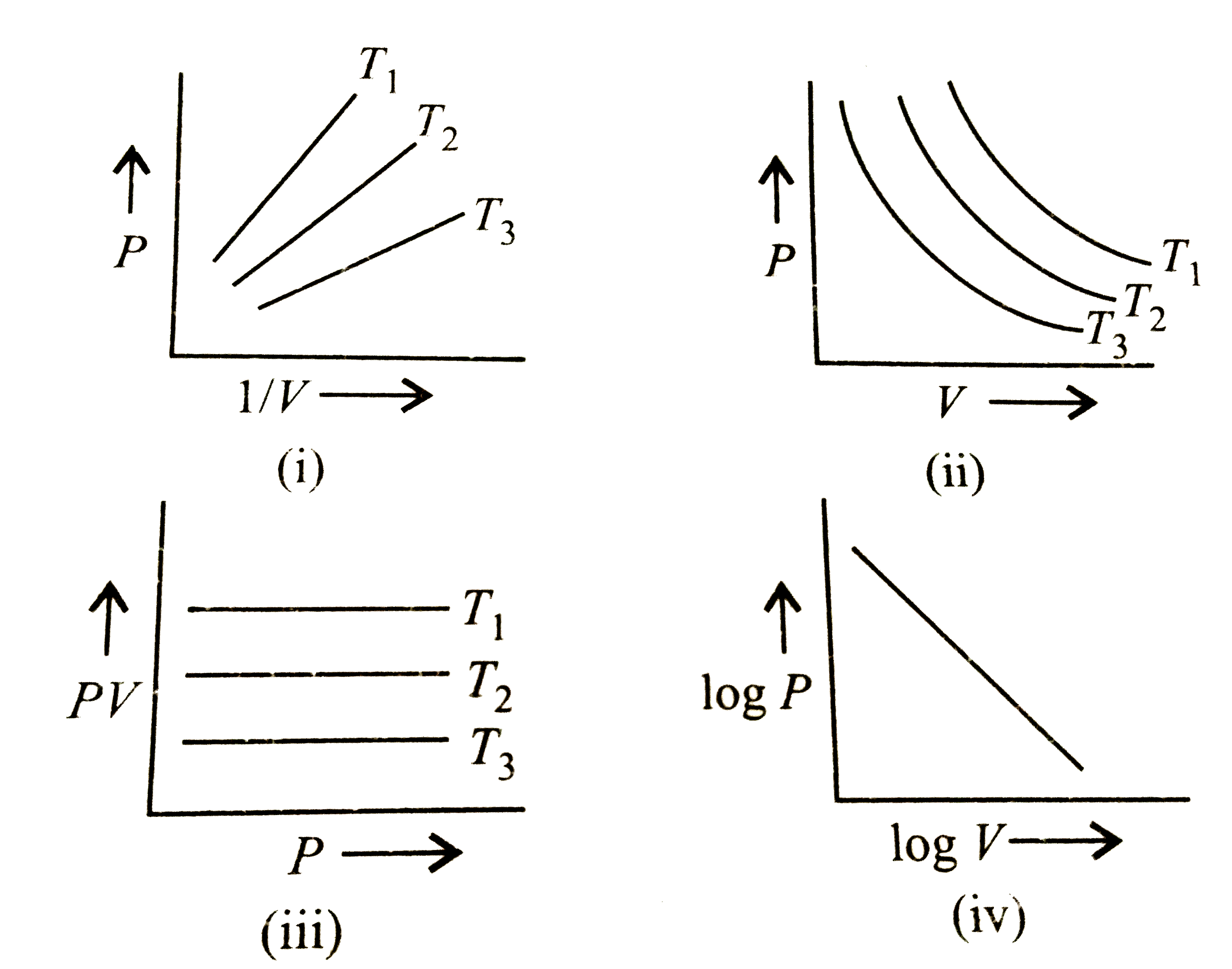
View Solution
Knowledge Check
Which of the following curve does not represent Boyle's law?
A B
B C
C D
D
Which of the following curves does not represent Boyle's law ?
A B
B C
C D
D
Which of the following curves does not represent Boyle's law?
A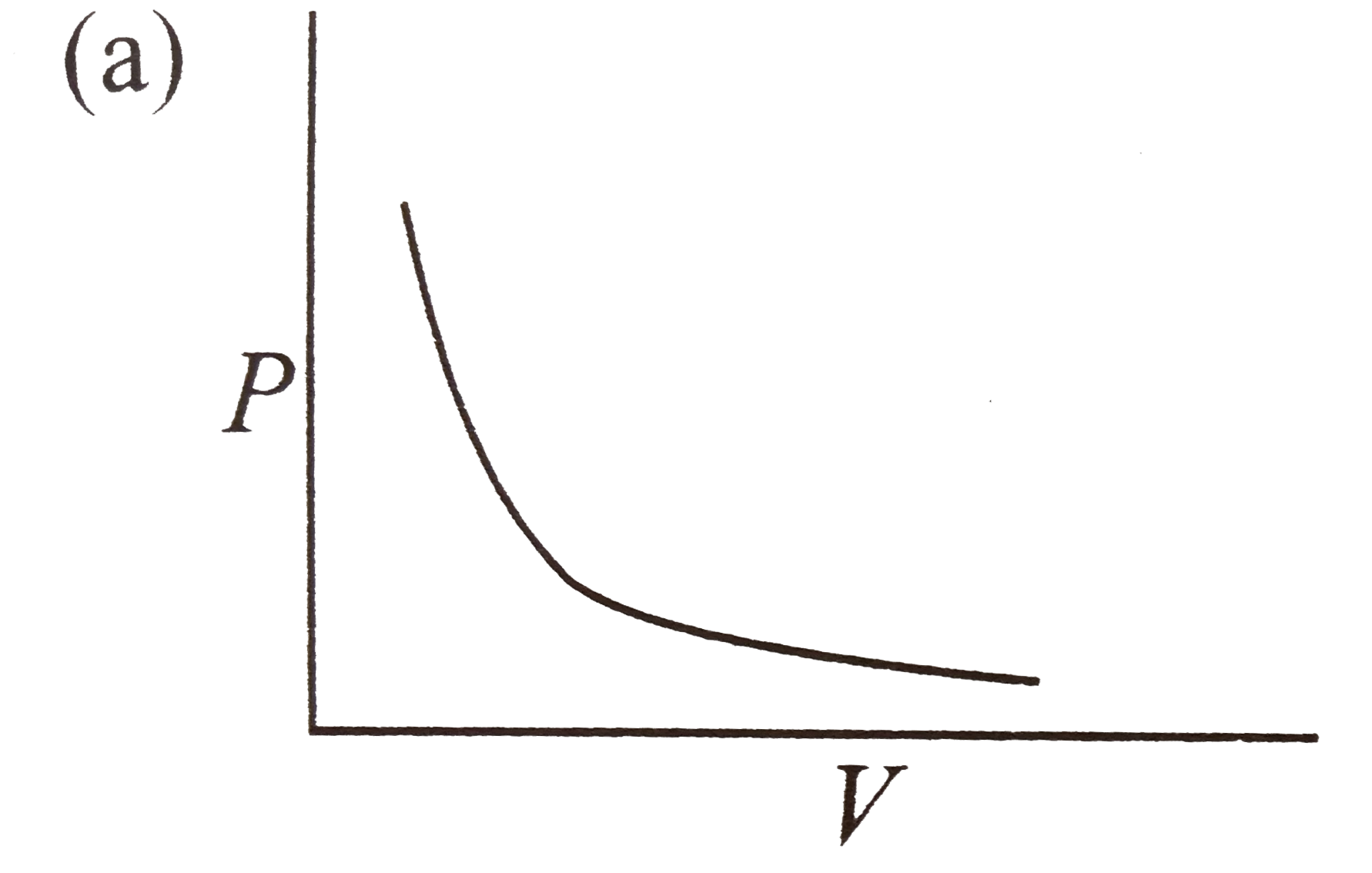 B
B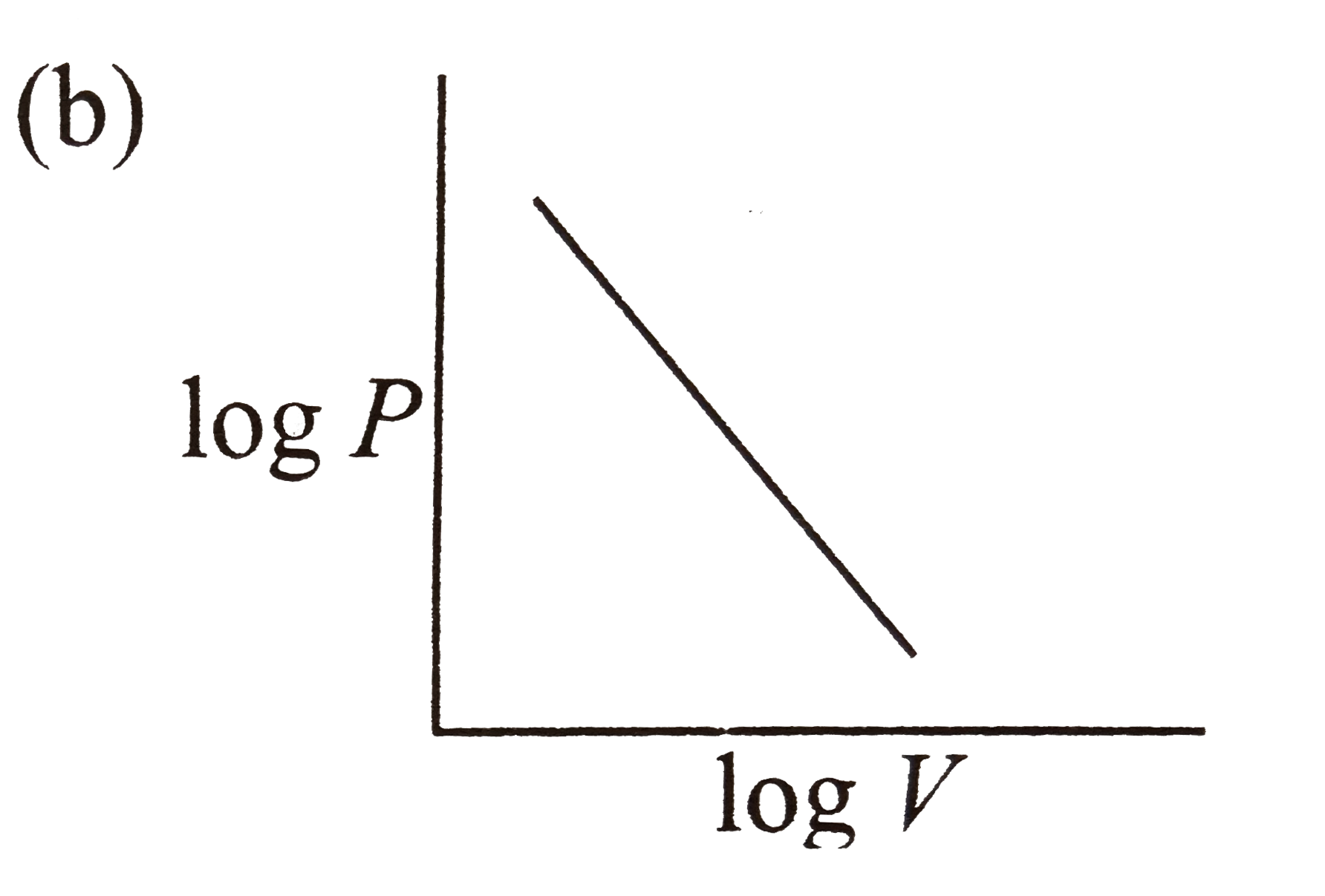 C
C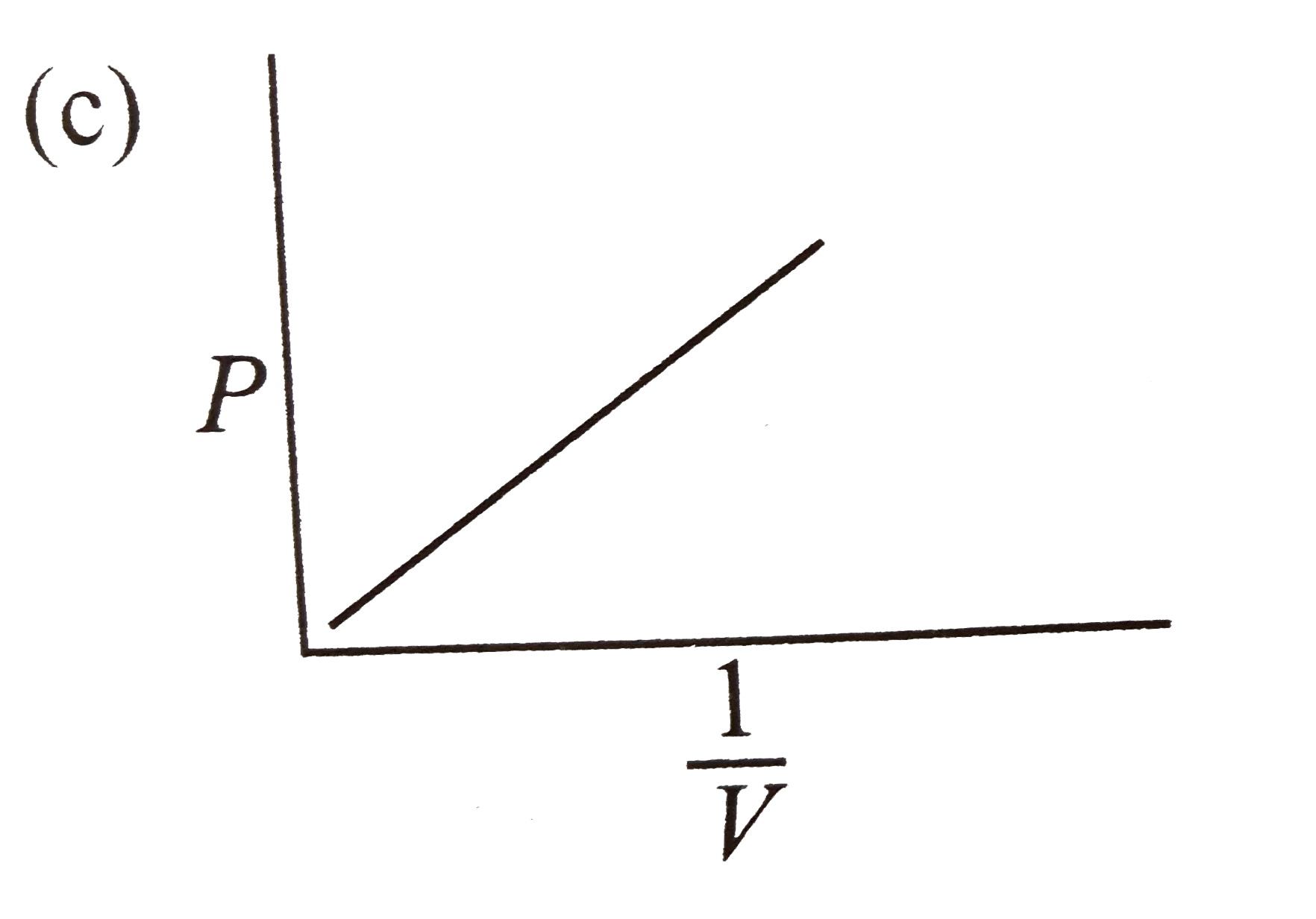 D
D
At constant pressure which of the following does not represent Charle's law?
View SolutionWhich of the following plots does not represent the behaviour of an ideal binary liquid solution?
View SolutionWhich of the following plots does not represent the behaviour of an ideal binary liquid solution of A and B?
View SolutionWhich of the following expressions does not represent Charles' law?
View SolutionWhich curve does not represent Boyle's law ?
View Solution
